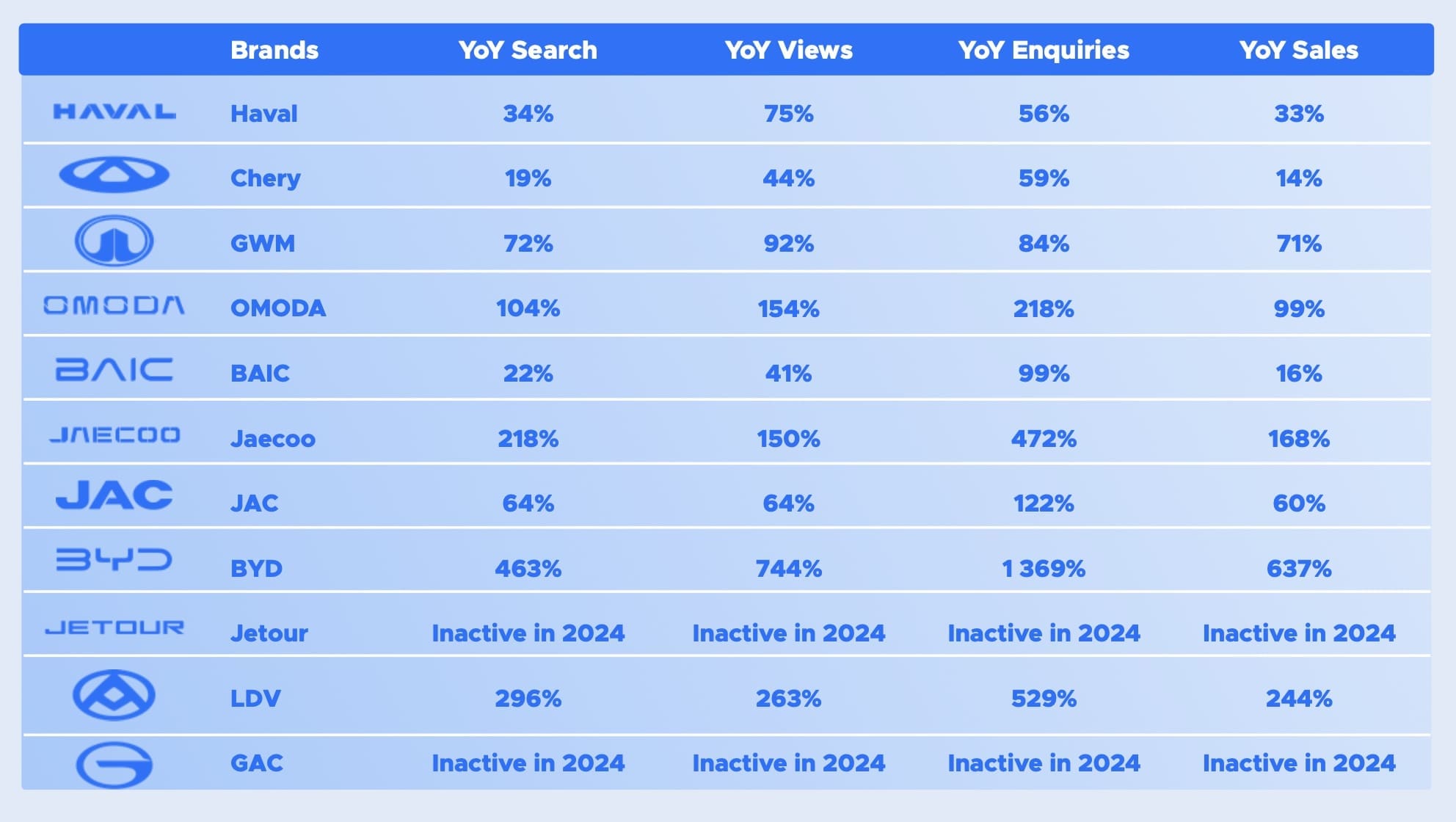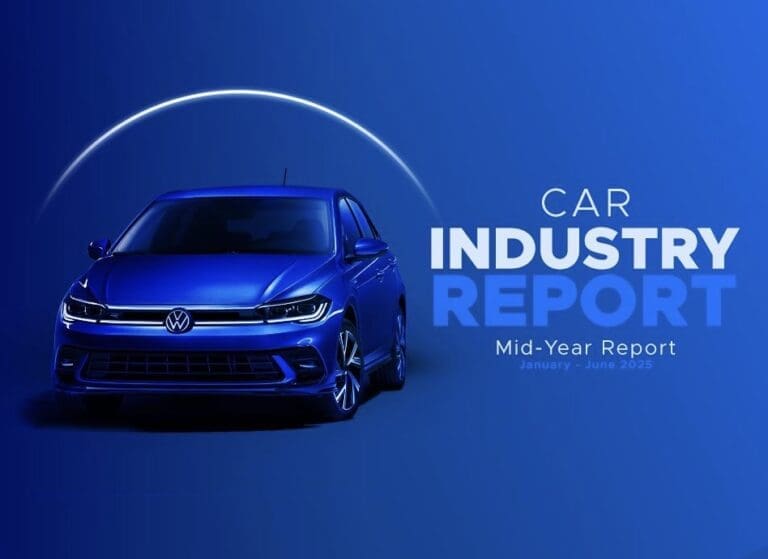Once the underdogs of the automotive world, Chinese automakers have proven themselves to be a force to be reckoned with, giving many established players in South Africa’s car market cause for concern. New car sales for Chinese brands have skyrocketed, and the same trends are evident in the used car market, with AutoTrader’s latest Mid-Year Report revealing sales of Chinese brands rose by 89% in the first half of 2025, led by BYD (+637%), Omoda (+99%), and Jaecoo (+168%). While these percentages are striking, they reflect growth from a relatively smaller base, as these brands are still emerging players in South Africa’s automotive market.
Chinese marques have been available on the local market, in some form or another, for nearly two decades. While some brands have come and gone, others have returned stronger than ever, with product portfolios that rival the very best Japan, Europe, and Korea have to offer—and often at more appealing prices.
This competitive pricing edge has not gone unnoticed by South African consumers, whose preferences are gradually shifting. Whereas brand cachet was once a concern, many buyers are now prioritising value over other aspects (such as brand and prestige), and demand more from their cars, such as safety, luxury features, and technology, at a decent price.
Several Chinese brands have taken advantage of this and have infiltrated the market with great success, with all brands showing increases in YoY sales. Even more established brands such as Haval, Chery, and BAIC, for example, saw growth of +33%, +14%, and +16%, respectively. While sales are an essential metric for demonstrating the growing success of Chinese cars in the South African used car market, other indicators suggest that these brands are poised for even more growth locally.
The surge extends beyond sales. Searches for Chinese cars on AutoTrader climbed by +67% year-on-year, reflecting growing interest from a relatively smaller starting point. Enquiries increased by +81%, and unique advert views have doubled, showing that attention for these brands is accelerating even as their overall presence in the market remains emerging.
This is more than a sales increase; it’s a structural shift in the market,” commented George Mienie, CEO of AutoTrader. “Chinese automakers have found a way to deliver exceptional value at a fraction of the traditional cost, offering roughly 80% of what buyers expect for only 60% of the price. That’s changing what South Africans consider possible when it comes to affordability and technology. The bigger story is how this is reshaping competition and setting new benchmarks that all automakers will have to meet.”
Aside from the value proposition, several Chinese automakers, including Chery, BYD, Omoda, and Haval, are introducing well-priced electrified vehicles to the market. Hybrids and plug-in hybrids are typically more expensive than their traditional petrol and diesel counterparts, placing them out of reach for many South Africans. However, their influence in this segment is evident, with the Haval H6, Haval Jolion, and GWM Tank 300 ranking among the top ten best-selling hybrid cars between January and June 2025.
As more electrified options reach the market, it will be interesting to see how the Chinese cut themselves a bigger slice of the pie. And the increase in searches suggests this. BYD, for example, which currently sells PHEV and EV models like the Shark 6 bakkie and Dolphin in South Africa, saw a notable +463% increase in searches. Jaecoo—which recently introduced the J7 SHS plug-in hybrid—saw searches rise by 218%, highlighting strong interest for these new brands, even from a modest initial audience. Enquiries on BYD vehicles, however, saw a remarkable +1,369% increase, showing that consumers are becoming increasingly open to the idea of owning not only a Chinese car, but an electrified one.
But does this mean legacy automakers should panic? While they shouldn’t rest on their laurels, the data shows that they still have the overwhelming support of consumers, as evidenced by sales, searches, and enquiries, with no Chinese vehicles breaching the top 10 lists in any of these respective categories. While sales of Chinese cars have increased, local consumers still compare them to models and brands that have historically remained strong sellers.
The data indicates a broader trend in South Africa’s motoring landscape. Chinese brands are increasingly meeting consumer demand for accessible pricing, contemporary design, and technological features, and their growing presence suggests they will play a greater role in shaping the country’s used car market in the years to come.
Performance of Chinese brands on AutoTrader in H1 2025 (January – June)

